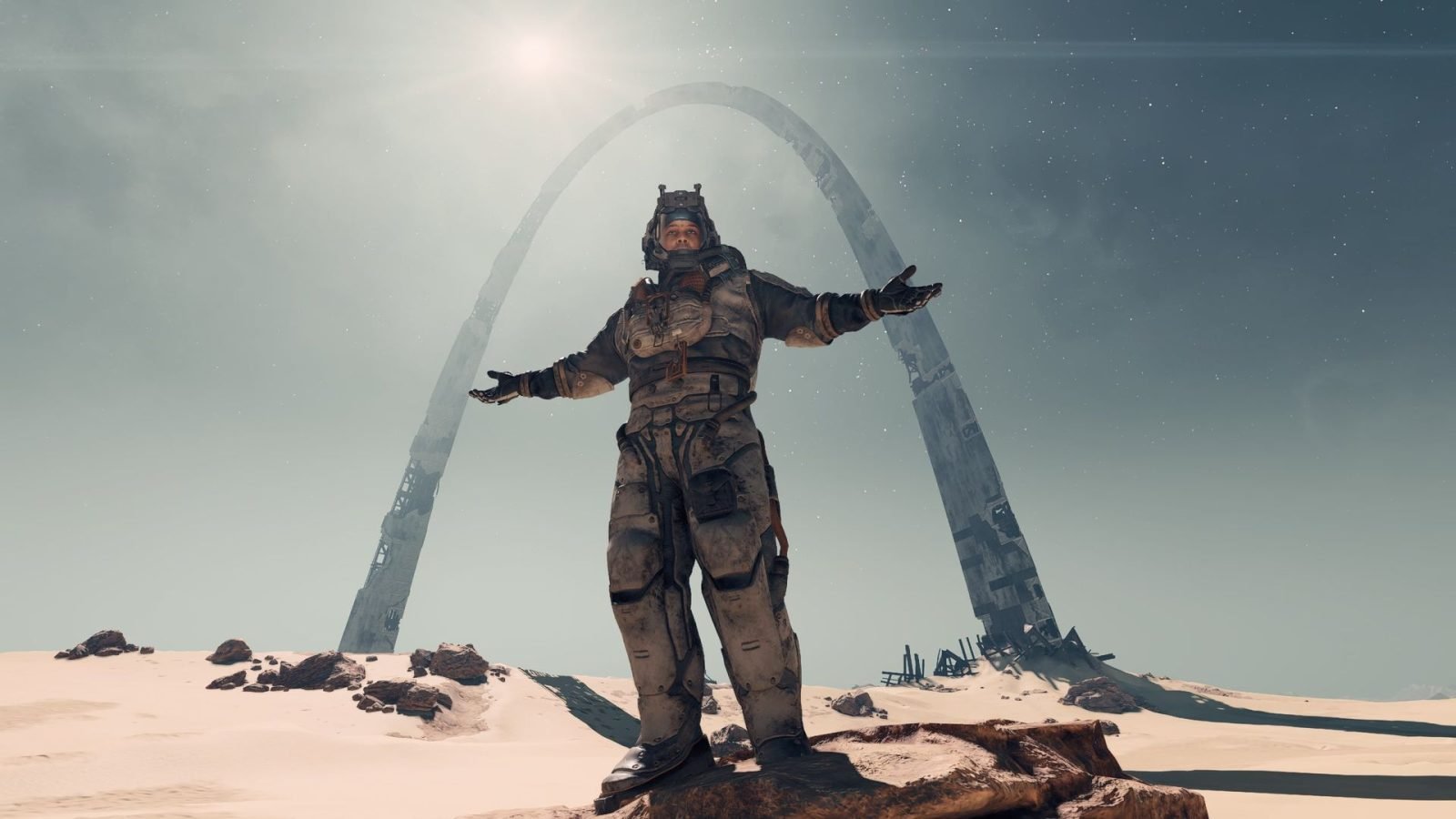
A new test found that Starfield ran 46% better with AMD GPUs.
- A new report reveales that Starfield exhibits notable performance variations on PC, with the game running smoother on AMD hardware compared to Nvidia and Intel counterparts.
- Digital Foundry’s analysis shows the Radeon RX 6800 XT outperforming the RTX 3080 by a significant 46% margin when running Starfield on an Intel system.
- AMD’s close partnership with Bethesda during development seems to have optimized the game for their GPUs, while Intel and Nvidia users experience performance issues, with the need for future optimizations and driver patches.
Since Starfield’s release a week ago, PC gamers have noticed a significant improvement in the PC performance of the game. The space RPG from Bethesda appears to perform somewhat better on AMD GPUs.
The Verge revealed a recent discovery by Digital Foundry showing that Starfield functions more smoothly on AMD GPUs than it does on Nvidia and Intel GPUs. In Starfield, the study claims that the Radeon RX 6800 XT outperforms the RTX 3080 by 46% on an Intel Core i9-12900K machine. When comparing the two GPUs that have been placed in competition with one another, there is a significant performance difference.
When the RX 6800 XT was released, it did surpass the RTX 3080 in benchmarks, but only by a small margin in some games. A 46% performance margin is significantly larger than average in the majority of head-to-head comparisons between the two cards.
“If you’re using Intel and Nvidia, you’re experiencing a strangely worse experience compared to AMD GPUs in a manner that’s entirely abnormal,” Alexander Battaglia of Digital Foundry stated during a thorough 32-minute technical analysis of Starfield for the PC.

According to Digital Foundry, the RTX 3080 exhibited regular spiking in its frame timings, as well as a lower average frame rate. “On ultra settings on Nvidia GPUs, frame times are poorer in this game, and the slower the GPU is, the worse it gets,” Battaglia said.
“AMD GPUs are really destroying Nvidia ones in this game in a way that’s not normally seen in rasterized titles, really far out of the norm,” according to tests comparing the two GPUs. It’s evident that AMD gained a lot from working with Bethesda in Starfield. The game was tailored for the graphics cards of Bethesda developers by engineers from the GPU manufacturer. Nvidia and Intel, on the other hand, might not have had as much access to the game because of its exclusive arrangement with a rival.
Regarding the CPU aspect, Digital Foundry has discovered that Intel CPUs experience the same issue. Experiments revealed that turning on hyperthreading on Intel CPUs led to lower performance than leaving it off. On the other hand, when enabled, AMD’s Simultaneous Multithreading (SMT) results in spikeier frame times but does not negatively affect frame rates.

Starfield “seems optimized for AMD systems, but not so much so for Intel and Nvidia ones,” Battaglia added, drawing the conclusion that Digital Foundry reached. “I think Bethesda has to work on improving optimization for those platforms, and Nvidia and Intel should release some new drivers eventually as well.”
Given the performance concerns, Todd Howard of Bethesda was recently questioned about the optimization of Starfield on PC. “We did, and it’s operating smoothly,” said Howard. In this next-generation PC game, we truly push the boundaries of technology. For this game, you might need to upgrade your PC.
Howard’s response does not address the question of why, with all settings optimized, a PC equipped with AMD’s gaming-focused Ryzen 7800X3D CPU and an RTX 4090 manages to achieve only 60 frames per second at 4K resolution. In our opinion, Starfield has surpassed Crysis to become the new standard game for PC optimization.
